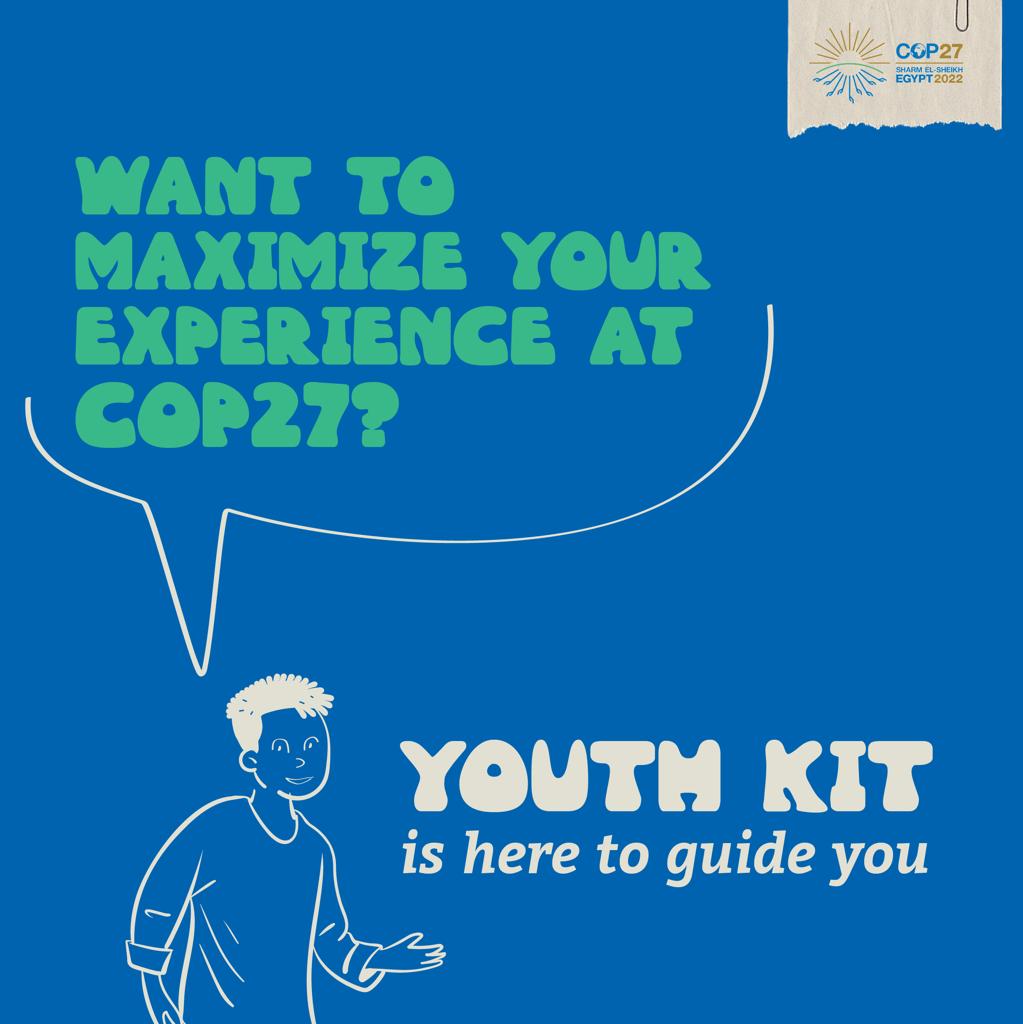“7 billion people on this planet paid the price for this book, but they did not read it. The peoples of the earth, with all their currents, groups, and sects, paid this price and it came to pass because some paid their entire life, some paid their freedom, some paid their work, some paid their isolation, and some paid their alienation.” All of them paid the price for the climate change crisis and its impact.” Words with which writer Hossam El-Din Mahmoud began his book “The Climate is the Issue of the Century,” published by Dar Al-Walaa for publishing and printing.
The book includes among its 224 pages of long pieces 8 chapters: the first chapter climate is the issue of the century, the second chapter the United Nations Environment Conference Stockholm 1972, the third emissions and human contributions to the phenomenon of greenhouse gases, the fourth includes youth and climate action, while the fifth the impact of climate change on the economies of countries And the sixth deals with the Paris Climate Framework Agreement 2015, while the seventh chapter talks about Africa with the least emissions and the most affected in terms of challenges and financing, and the eighth and final chapter contains green technology and renewable energy.
The writer said in the introduction to the book: “The generation of this century has awakened to a great challenge and the catastrophic effects of severe weather disasters that have exacerbated climate change, which has led to the suffering of millions of people from these effects that not only face the environment, but also face all aspects of human life, and its effects will continue.” Increasing and deteriorating with the passage of time, and in man’s march towards life, he searches for ways of security and peace, but climate change threatens the lives and safety of billions of people on this planet, harms us all, and will continue to harm us unless governments and societies aspire to confront it.
The first chapter, titled “Climate, the Issue of the Century,” deals with the definition of climate change as long-term shifts in temperatures and weather patterns. These shifts may be natural and occur, for example, through changes in the solar cycle. But since the nineteenth century, human activities have become the cause. The main cause of climate change, mainly due to the burning of fossil fuels, such as coal, oil and gas, as the burning of fossil fuels results in greenhouse gas emissions that act like a blanket that wraps around the globe, which leads to trapping the sun’s heat and raising temperatures, as the world has been facing since Years of climatic fluctuations due to global warming, that crisis the globe suffers from as a result of the industrial revolution, which increased emissions of harmful gases into the atmosphere.
The writer stated that climate change has become a reality whose effects intensify with the passage of time, and we, the youth, are the generation most affected by confrontation, and we are the last generation that can end climate change through science, action, scientific technologies, politics and law, so that we unite together for the climate and protect the future of the planet. We can and will do that.
The book indicates that the process of climate action began in 1972 for the environment in the city of Stockholm in Sweden, passing through all the achievements and actions presented by the United Nations or the achievements of one of its member states and committees, leading to the last climate summit, which was held in the city of Sharm el-Sheikh.
And during the lines that the writer wrote, he cited a group of research and real sources for this march, so that it will be a reference for those interested in climate affairs who want to see it.
The writer touched on the green and smart projects presented by the international community and its organizations or the United Nations itself, how to work with renewable energy, produce solar energy and how to get rid of unclean energy production methods, and it is possible that science will find another solution in the coming years.
The writer attributed the cause of global warming to climate change, which is the retention of the globe with some carbon dioxide gas, which caused a rise in the temperature of the globe, explaining that the cause of this phenomenon was originally the industrial revolution that took place in Europe and that it affected the temperature of the planet and how it was. The development movement in Europe is a cause of spoiling the climate of the rest of the countries in general and the developing countries in particular.
Among the continents that the writer dealt with was Africa, in which a complete change occurred in the shape of the environment, which became apparent in its impact on agriculture, animals and water. It also touched on the problem of desertification that many countries suffer from, and the writer talked about climate migration, which he considered a new term.
The writer talked about the agreements that have been signed to eliminate these emissions by 2050, indicating that the major industrial countries are concerned with compensating countries that need climate adaptation. In the 2015 Paris Agreement, $150 million in financing was signed that was intended to compensate the affected countries.
The writer explained the role of youth in climate protection, the impact of climate on the societal level, food and mental health, how to transform into an environmental society, the impact of climate change on the economies of countries, Egypt’s efforts in climate action and the Sharm El-Sheikh summit, and that Egypt is doing its best to solve this crisis. .
The writer touched on Egypt’s efforts to go green by increasing the area of green spaces, as he confirmed that the volume of Egypt’s carbon emissions amounted to 0.6%, while the volume of Africa’s emissions as a whole reached 3%, and despite that, Egypt and Africa are affected by climate change, as Egypt It had a strategy before the Climate Summit, which is the National Strategy for Climate Change 2050, and its aim is to include the environmental dimension in all fields of work of the Egyptian state.












